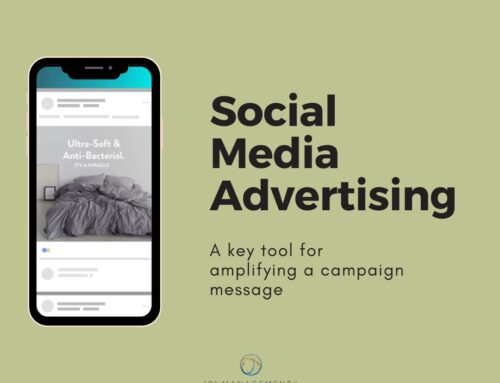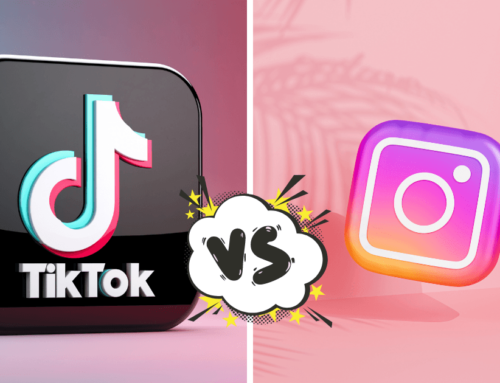Do you know who your customers are? Do you know what they are most likely to buy from you? What about what motivates them to buy? These are just a few of the questions you should know the answers to if you want to run a successful business. By building a customer profile, you can better create marketing strategies to boost your sales.
Here are a few more questions to consider while building a customer profile:
- What keeps them up at night?
- What moves them emotionally?
- Which social media platforms are they likely to use?
- When are they likely to use them?
- What is the best way to connect with them?
- How old are they?
- Where do they live?
- Are they primarily male or female, or about evenly split?
You don’t need to know as much about your customer as Google knows about you, but you do need some idea of what makes her buy—and buy again—from you. This helps you focus your marketing efforts on the most effective marketing channels, as well as helping you craft the content most likely to produce results.
Who is your customer?
Of course, we’re not talking about each individual customer who buys from you. We’re talking about a composite of traits and characteristics that typify the ideal customer who would be in the market for whatever products or services you’re selling.
If you created a solid marketing plan when you began your business, you already have some idea of what type of person is most likely to buy from you.
If you offer yoga classes on Zoom, for example, your typical client is likely a millennial or younger female, with at least a middle-class income or higher, who is health conscious, with a busy life. She is quite Internet-savvy, and spends most of her social media time on Instagram and Pinterest.
On the other hand, if your product is retro CD/cassette turntables, it’s a good guess that your typical buyer is a boomer, possibly retired, with disposable income, who still reads a newspaper and checks out the Sunday advertising supplements. He or she can get by well enough on the Internet, but probably confines their social media time to Facebook.
Digging deeper
All this information was probably arrived at through guesswork. But to be able to zero in on the ideal marketing strategy most likely to increase sales, you need more information.
This is where social media comes in. Of course, you can start with the analytics available on all the platforms, plus web analytics like Google, and build a profile of your fans that way.
You can also glean more information by paying attention to online comments, likes and shares of your tweets and posts, and even complaints you receive from buyers.
To help round out the picture, you could also do a survey of current customers, potential customers, or both. Be sure to offer an incentive for replying, such as a free gift or a store coupon. Also, reassure them that all information will be kept strictly confidential, and allow them to skip questions that may make them reluctant to respond.
Here are some questions to help you fill in the picture of your ideal customer:
- City/state?
- Age?
- Gender?
- Relationship status?
- Educational level
- Do you have children? Ages?
- Any pets? How many? What kind(s)?
- Do you own or rent?
- Employment status?
- If employed, what type of business?
- Annual income?
- What are your hobbies?
- Do you volunteer? Where?
- Which social media sites do you spend the most time on?
- Do you buy more often online or in a store?
- Have you bought our products in the past?
- Will you buy from us again?
You can, of course, ask even more questions. But you don’t want to end up with so much information that you lose sight of your original goal: create a picture of the “typical” customer, not each individual buyer. You don’t even have to ask all the questions we’ve listed above. Instead, tailor them to your particular business.
Using the information
Once you know who your Mr. or Ms. Average Customer is, you’ll have a much better idea of how to interest them, engage them on social media or other marketing venues, and close the sale.
In our above example, you might learn that the typical client for your yoga Zoom classes…
- has two school-age children,
- makes between $90,000 and $125,000 a year,
- volunteers most often at cultural venues in your city,
- attended your Pilates classes regularly pre-pandemic, but doesn’t like the Zoom classes as much,
- and spends her time primarily on Instagram.
How would your reach this consumer? You might reduce the number of online sessions in favor of more outdoor classes, and also begin offering classes for children. You could also concentrate your Instagram postings around such topics as breathing techniques, quick-and-healthy breakfasts on the go, or surefire ways to lower stress.
The point is, building a customer profile will not only save you time and money spent on marketing, but increase sales, as well.
For more ways to target potential customers and boost your bottom line, talk to our marketing and social media management specialists. We specialize in helping businesses like yours stand out from the rest.










Leave A Comment